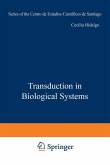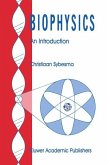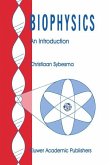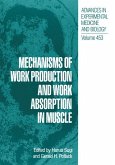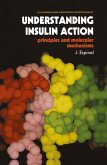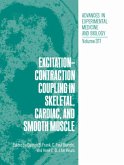This book was originated from a series of lectures given in a course on the physical properties of biological membranes and their functional implica tions. The course was intended to allow students to get acquainted with the physical techniques used to study biological membranes. The experience was valuable and we feel that a detailed description of the procedures used and of various examples of the results obtained allowed many students to become familiar with a theme that is not often part of regular courses on membrane physiology or biophysics. This book is designed as a tutorial guide for graduate students interested in understanding how physical methods can be utilized to study the proper ties of biological membranes. It includes first a detailed description of applications of physical techniques-such as X-ray fiber diffraction methods (Chapter 1), 2H and 13C NMR spectroscopy (Chapter 2), and calorimetry (Chapter 3)-in the study of the properties of lipid model membranes. A description of how to measure molecular mobility in membranes (Chapter 4) follows, and the book concludes with three chapters in which biological membranes are the subject of study. Chapter 5 deals with the acetylcholine receptor and its membrane environment; Chapter 6 discusses how fluorescence techniques can be applied in the study of the calcium ATPase of sarcoplasmic reticulum; and Chapter 7 explains how protein lipid interactions modulate the function of the sodium and proton pumps.
Hinweis: Dieser Artikel kann nur an eine deutsche Lieferadresse ausgeliefert werden.
Hinweis: Dieser Artikel kann nur an eine deutsche Lieferadresse ausgeliefert werden.



